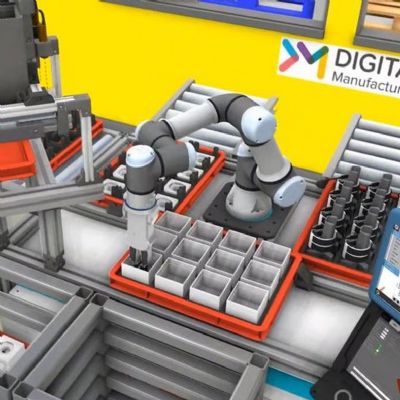Open Technology and Digital Manufacturing
November 1, 2021Comments
The recently wrapped RAPID + TCT offered the opportunity to get back out and see the people and technology that propel additive manufacturing (AM). Developments continue unabated, with some of these detailed in 3D Metal Printing’s show-recap article in this issue. But two terms stood out for me and for others I’m sure, as they were mentioned constantly at the show: “open” and “digital manufacturing.” Why, and what connects these terms?
Established metal-part-manufacturing processes such as machining, casting and stamping take part material from a large list of metal and alloy providers and stick the material into machines provided from a large list of equipment providers. In general, the equipment cares not from where the material came, and in the end, as long as the material meets certain specs, and given like tooling, any similarly designed equipment regardless of where it’s from will yield an acceptable part. Contrast this with metal AM. Often the material must be a direct match for a particular machine and model, from a particular manufacturer. Often the production and quality-control software must have been developed for that particular machine and manufacturer. And, machines and material must be qualified for use in safety- and mission-critical applications such as aerospace and medical—the specific material and even a specific machine.
Of course, metal AM is an incredibly complicated process where so much occurs at microscopic levels. With laser powder-bed fusion, for example, millions of tiny welds must occur across thousands of layers as a machine builds a part. Few other part-production processes even come close to such levels of sophistication.
But, suppose that software and Industry 4.0 technology could learn to operate and monitor AM processes, record and analyze data, and fine-tune the process on machines from different suppliers, with materials usable in various makes of machines. AM researchers and technology providers envision such an environment, and plenty of pledges to “open” technology to enable this environment were forwarded at RAPID + TCT. In fact, many technology platforms already are open. Besides daunting technical challenges, standards must evolve while sticky IP issues must be navigated, but progress on this front continues.








